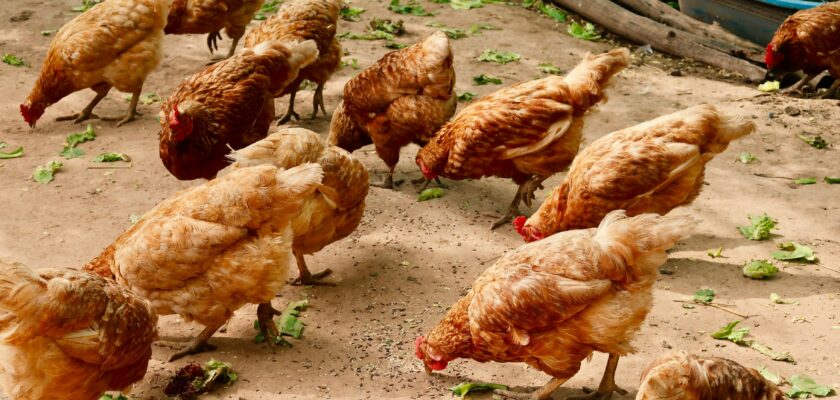Introduction
Coccidiosis is a silent predator in poultry farms, often striking without much warning. If you’re raising chickens—whether for eggs, meat, or as backyard pets—you need to understand this disease inside and out. Knowing what causes coccidiosis in chickens is your first line of defense against it.
In this guide, we’ll explore the root causes of coccidiosis, how it spreads, and how to prevent it effectively. From expert tips to field-tested treatments, this article is your go-to resource for beating this parasitic threat once and for all.
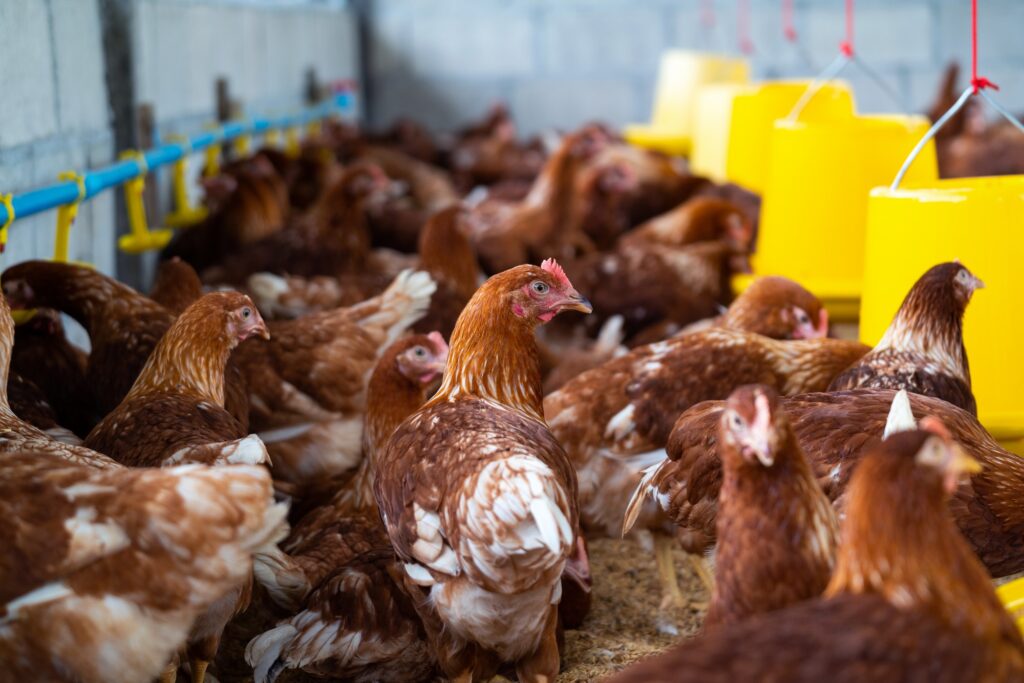
Image by tawatchai07 on Freepik
What Causes Coccidiosis in Chickens?
The main culprit behind coccidiosis is a microscopic parasite called Eimeria. It invades the intestinal lining of chickens and multiplies rapidly, especially in damp, dirty environments. Chickens ingest the parasite’s eggs, known as oocysts, through contaminated feed, water, bedding, or even feces.
Once inside the chicken’s digestive system, the oocysts hatch and begin destroying the gut lining, leading to bleeding, nutrient malabsorption, and eventually death if untreated.
High humidity, poor sanitation, and overcrowded conditions can accelerate the parasite’s growth, turning a minor infection into a deadly outbreak. Stress also weakens immunity, making birds more susceptible.
Understanding Coccidiosis in Chickens
What is Coccidiosis?
Coccidiosis is a protozoal disease affecting the digestive tract of chickens. It’s caused by various species of the parasite Eimeria, and it mainly impacts young or immunocompromised birds.
Common Misconceptions About the Disease
Many poultry keepers mistake coccidiosis for worms or nutritional deficiency due to similar symptoms like lethargy or poor growth. The truth is, coccidiosis progresses faster and needs immediate attention.
Types of Coccidia That Affect Chickens
Eimeria Species Explained
There are over a dozen Eimeria species, but only a few commonly affect chickens—E. tenella, E. necatrix, E. acervulina, and E. maxima. Each targets different parts of the intestine and varies in severity.
How Different Species Impact Chickens
For instance, E. tenella is particularly deadly and causes bloody diarrhea, while E. acervulina may result in reduced feed intake and weight loss.
How Coccidiosis Spreads in Poultry Flocks
Contamination of Feed and Water
Oocysts are highly resilient and can survive in wet litter or spilled feed for weeks. Once ingested, the cycle begins.
Bird-to-Bird Transmission
Chickens spread the infection through droppings. One sick bird can infect the entire flock within days if the coop isn’t cleaned regularly.
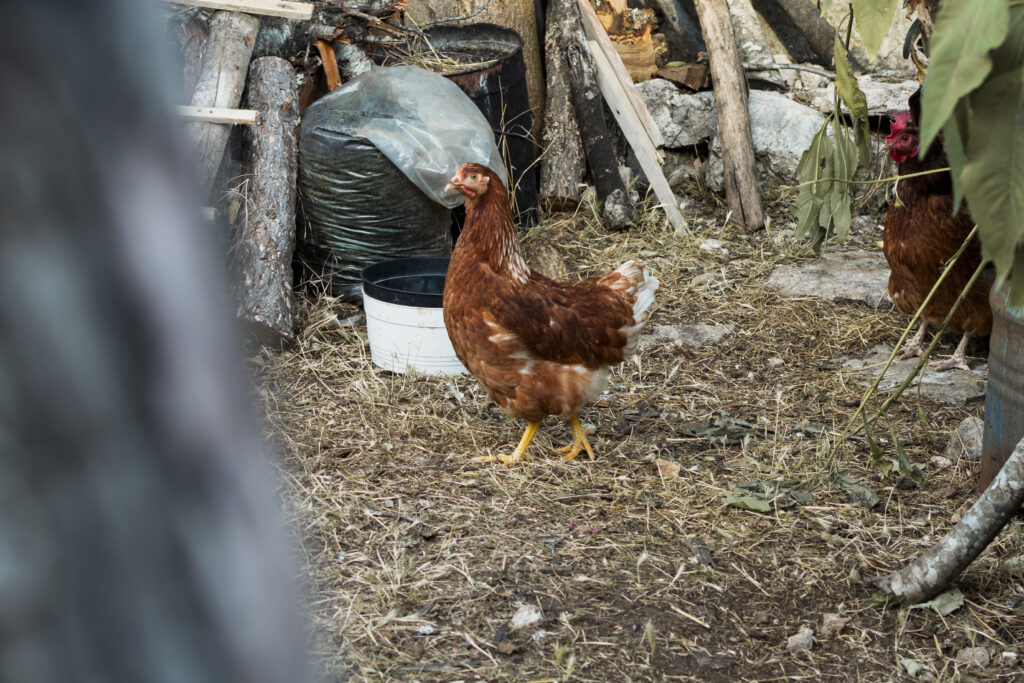
Image by freepik
Early Signs and Symptoms of Coccidiosis
Behavioral Changes to Watch For
Look out for droopy wings, huddling, lack of interest in food, or standing alone—these are often the first signs something’s wrong.
Physical and Clinical Symptoms
These include bloody or watery diarrhea, pale combs, weight loss, and lethargy. Advanced cases may lead to death within 24–48 hours.
The Life Cycle of Coccidia in Chickens
Oocyst Development Stages
Coccidia multiply through a complex life cycle. Once oocysts are excreted, they mature in moist environments and become infective within 1–2 days.
Infection Timeline
After a chicken ingests mature oocysts, symptoms appear within 4–7 days. This fast turnaround is why early detection is critical.
Risk Factors That Worsen Coccidiosis Outbreaks
Poor Sanitation and Overcrowding
Dirty bedding, wet litter, and cramped spaces are breeding grounds for oocysts. Clean coops are your best line of defense.
Age and Immunity Levels
Young chicks under eight weeks old are most vulnerable. Older birds develop some immunity, especially if vaccinated or previously exposed.
Diagnosing Coccidiosis in Backyard and Commercial Chickens
Veterinary Diagnosis Techniques
A vet may conduct fecal tests to identify oocysts under a microscope. They may also recommend necropsy in fatal cases.
DIY Observation Tips
If you see blood in the stool or notice lethargy and ruffled feathers, isolate the bird and begin treatment immediately while seeking a vet’s confirmation.
How to Treat Coccidiosis in Chickens
Common Medications and Anticoccidials
Drugs like Amprolium (Corid) are widely used and effective. They inhibit thiamine, which coccidia need to multiply.
Natural Remedies and Supplements
Some poultry keepers use oregano oil, garlic, or probiotics to support recovery, though they should never replace prescribed medication.
Preventing Coccidiosis in Your Flock
Biosecurity Measures
Use clean feeders and drinkers, keep litter dry, and avoid mixing new birds with your existing flock without quarantine.
Nutritional Support for Resistance
Feed enriched with vitamin A, E, and probiotics can boost gut health and improve immune responses.

Photo by cottonbro studio
Importance of Vaccination Against Coccidiosis
Types of Coccidiosis Vaccines
Live vaccines like Coccivac are administered to chicks early in life to build immunity.
When and How to Administer Vaccines
These are usually given orally or via drinking water in the first week of life, under the supervision of a vet or trained caretaker.
Coccidiosis vs Other Common Chicken Diseases
Key Differences to Know
Unlike Marek’s or Newcastle disease, coccidiosis primarily affects the digestive system. It’s not viral or bacterial but parasitic.
Misdiagnosis Risks
Coccidiosis can mimic symptoms of other infections. This is why lab testing is often necessary for a proper diagnosis.
Coccidiosis in Chicks vs Adult Chickens
Vulnerabilities by Age Group
Chicks have undeveloped immune systems and are more prone to severe symptoms. Adults may carry parasites without showing signs.
Preventive Measures by Growth Stage
Use medicated starter feeds for chicks and maintain strict hygiene as they grow. Vaccinating early is ideal.
Managing an Outbreak: Step-by-Step Guide
Isolation, Cleaning, and Recovery Plan
Immediately isolate sick birds, sanitize the entire coop, and change the bedding. Treat the flock and monitor all birds daily.
Monitoring Post-Treatment Health
Recovery may take several weeks. Keep an eye on droppings and feed consumption to ensure full recovery.
Long-Term Impact of Coccidiosis on Chicken Health and Productivity
Effects on Egg Production and Growth
Survivors of coccidiosis may suffer from poor growth rates and delayed or reduced egg-laying.
Potential for Recurrence
Without proper coop management, oocysts can remain dormant in the environment and re-infect the flock.
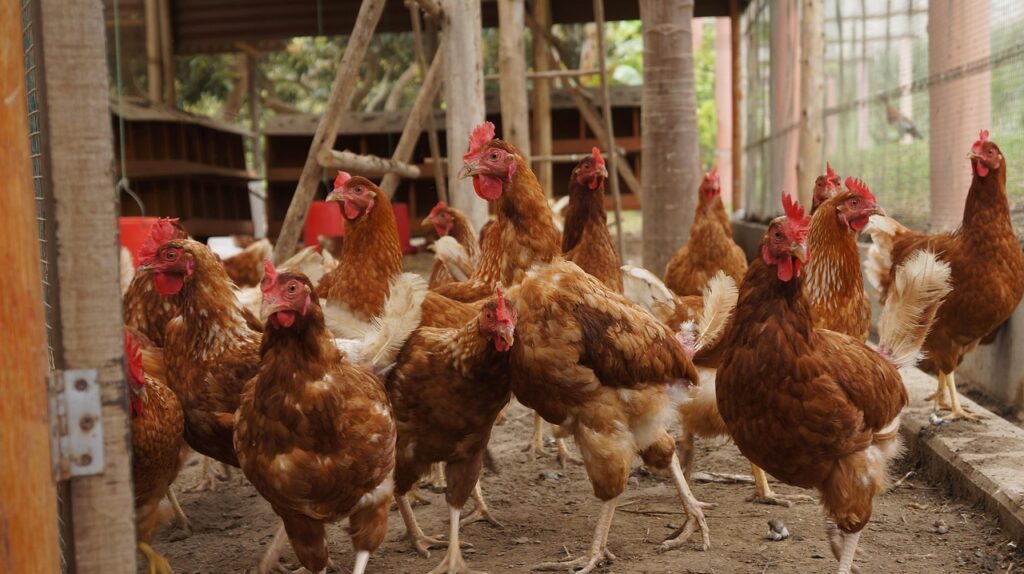
Image by Javier Garcia from Pixabay
Coccidiosis and Free-Range Chickens
Outdoor Risk Factors
Rain-soaked ground, shared feed stations, and wild bird contact increase the risk outdoors.
Best Practices for Natural Flocks
Rotate pastures, keep feed stations elevated, and monitor chickens closely after rains or seasonal changes.
Frequently Asked Questions About Coccidiosis in Chickens
Can chickens recover from coccidiosis?
Yes, with timely treatment, most chickens can recover fully. However, early detection is key.
Is coccidiosis contagious to humans?
No, coccidiosis in chickens is not zoonotic. It only affects poultry.
How long does it take for chickens to recover from coccidiosis?
Recovery can take 1–2 weeks, depending on severity and treatment speed.
What’s the best prevention method for coccidiosis?
A combination of cleanliness, biosecurity, and vaccination offers the best protection.
Do all chickens get coccidiosis?
Not all, but most flocks will encounter it at some point, especially without preventive care.
Can I eat eggs from chickens with coccidiosis?
Yes, but avoid consuming if the bird is under medication unless the withdrawal period has passed.
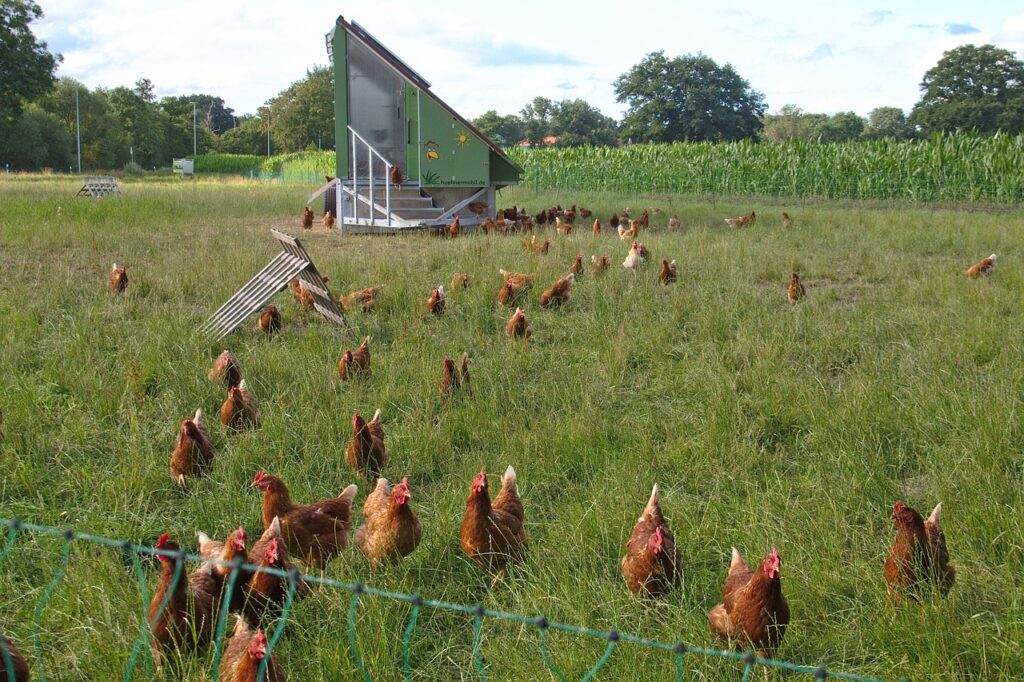
Image by Helga Kattinger from Pixabay
Conclusion
Understanding what causes coccidiosis in chickens can be a game-changer for poultry farmers and backyard hobbyists alike. It’s not just about treatment—it’s about prevention, observation, and ongoing care. With a strong strategy that includes good hygiene, smart nutrition, and possibly vaccination, you can shield your flock from this common yet dangerous disease.
